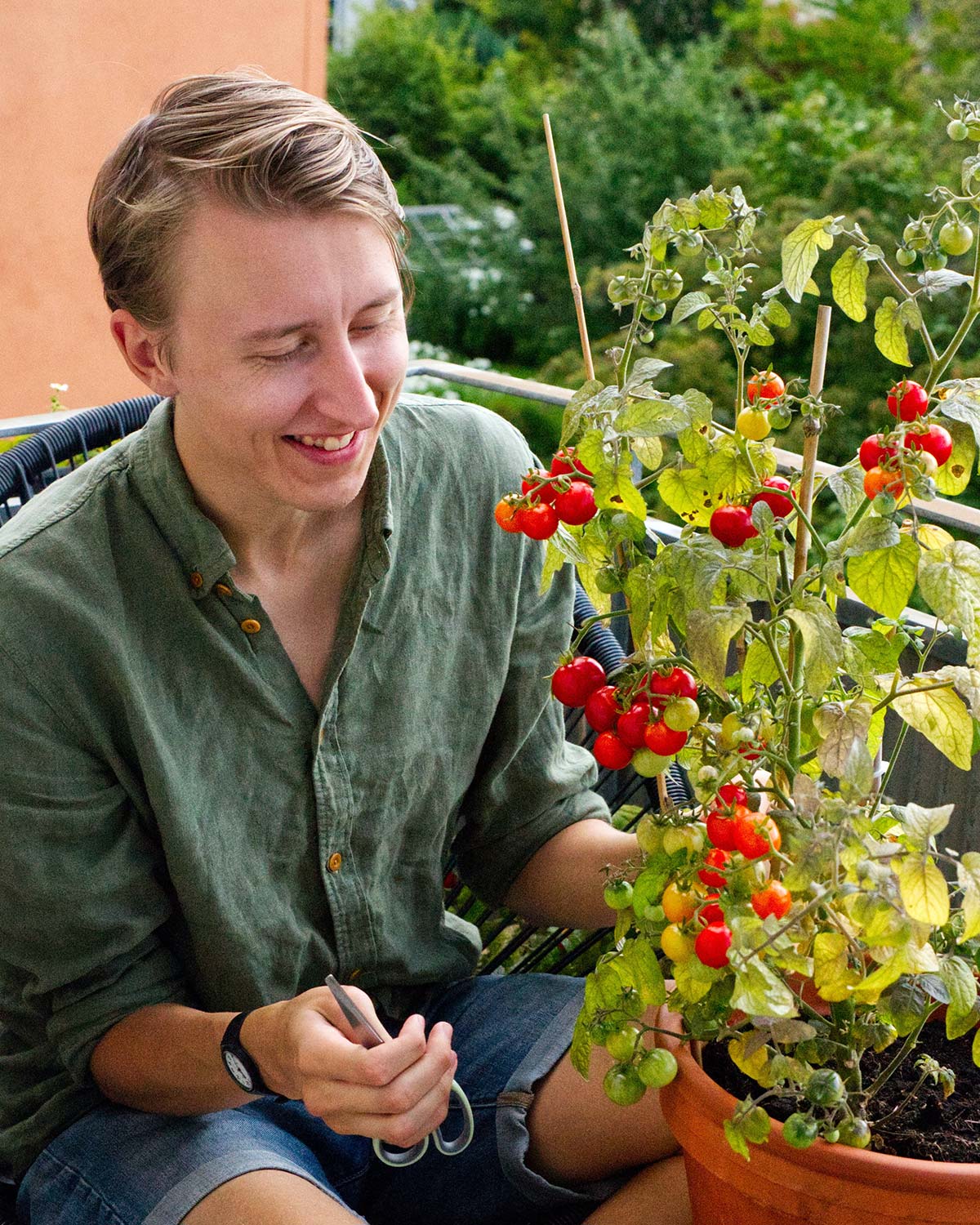
As Canadians, we know that physical activity is vital to our overall physical and mental health and wellbeing. The list of benefits is long: increased energy levels, improved sleep, stronger muscles and improved flexibility, and enhanced mood, self-esteem and confidence. Further, regular physical activity decreases the risk of many physical and mental health conditions such as heart disease, stroke, certain cancers, type II diabetes, many different musculoskeletal impairments, while also reducing depression and contributing to the prevention of dementia.
Canada’s 24-hour Movement Guidelines provide Canadians, of all ages, with the minimum guidelines to reap these benefits. Any movement, accumulated throughout the day or week is important and beneficial and contributes to meeting the guidelines.
Most of us don’t move enough, however, to reap these benefits, often despite our best intentions. A perceived lack of time, energy, and finances are often the barriers to being more active. Moving more doesn’t need to involve going to the gym (unless you are someone who enjoys going to the gym), buying expensive workout wear, or investing in high-priced equipment. In fact, these, and other obstacles, can be overcome just by looking out your front door!
The COVID-19 pandemic revealed the resilience of the Canadian people. When our local playgrounds, schools, gyms, and community centres closed due to physical distancing restrictions, we re-discovered the value of sidewalks, streets, and open spaces to be active and to connect with friends and neighbours. Our local neighbourhoods became essential spaces for social connection and physical activity
Wouldn’t it be great to keep that momentum going and continue to make good use of our neighbourhood spaces to improve our physical, mental, and social health? That’s where this tactical guide comes in.
Moving more in our neighbourhoods, and encouraging our neighbours to do the same, brings the neighbourhood together, creating more livable communities. It may also contribute to a healthy climate, a sense of belonging for all neighbours, and reducing social isolation and loneliness.

The tactical guide is for people who live in neighbourhoods. It is divided into three sections.
Throughout the tactical guide, you will find many helpful links to ideas and resources. Don’t miss checking them out for more ideas and helpful hints to activate them.

What is a Neighbourhood?
Describing or defining “neighbourhood” is not as easy as you may think. Definitions include:
“the area or regions around or near some place or thing; vicinity.” (um, not very helpful!)
or
“the area of a town that surrounds someone’s home, or the people who live in this area.” (Cambridge Dictionary)
or
“A geographically localized community with a larger city, town, suburb, or rural area, sometimes consisting of a single street and the buildings lining it. Neighbourhoods are often social communities with considerable face-to-face interaction among members.” (Wikipedia)
Regardless of the exact definition, Emily Talen from the University of Chicago writes that a good neighbourhood has eight qualities:
It has a name.
01
Residents know where it is, what it is, and whether they belong to it.
02
It has at least one place that serves as its centre.
03
It has a generally agreed upon space or area.
04
It has everyday facilities and services, although it is not self-contained.
05
It is connected to areas within and outside the defined area.
06
It has or is open to diversity.
07
It has a way for residents to be involved in its affairs, and an ability to speak with a collective voice.
08

What is Tactical Placemaking?
Tactical placemaking refers to low-cost, deliberate grassroots initiatives to make temporary changes or improvements to local neighbourhoods and public gathering places. Temporary alterations can sometimes lead to permanent changes over time.
But it’s really about making change…
A place is a space that is meaningful to people. Placemaking is the process of building on the uniqueness of a place and creating vibrant, distinct, inclusive, authentic places where people love to spend time—shaping public space to strengthen connections between people and places. In the context of the Activate Your Neighbourhood project, placemaking is about creating spaces and opportunities to help people move more by re-thinking how a space could be used to add movement to your day, re-purposing existing spaces and objects for active pursuits and encouraging communities to come together to create active spaces for the benefit of all neighbours.
Anyone can be a neighbourhood “placemaker” to initiate changes that enhance your neighbourhood’s identity and culture. You have the power to make change at a neighbourhood scale, including changes to your own property or using public space.
…All with a goal of having more livable and active neighbourhoods.
Livability means creating complete neighbourhoods that emphasize accessibility, sustainable mobility, a diverse and resilient economy, vibrant public spaces, and affordability. Think of your neighbourhood not only as a place to live, but as a social and sustainable place where life can be enjoyed. Check out Livable City, Ten Principles for Building Healthy Places, and 50 Reasons Why Everyone Should Want More Walkable Streets.
You may be interested in these articles and resources for more information about Placemaking.
- Placemaking can reimagine public places, connect people with nature, and strength people’s movements
- Five Placemaking Projects that Inspire Us
- Neighbourhoods Made by Neighbours. Guide to Community-Led Placemaking
- Lighter, Quicker, Cheaper
- The Pop-Up Placemaking Tool Kit





